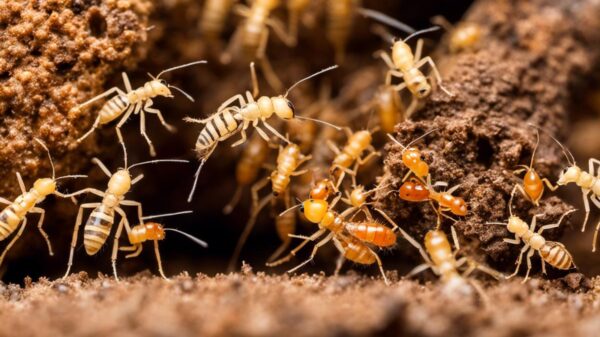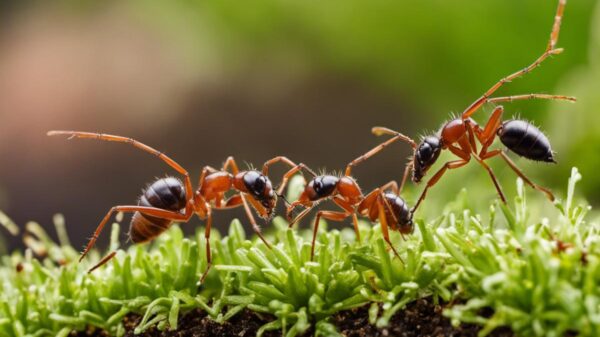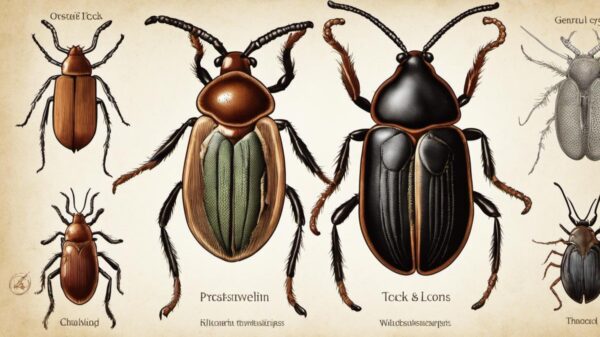Subterranean termites are a common and destructive pest that can cause significant damage to wooden structures in homes and buildings. Understanding these insects and knowing how to recognize signs of an infestation can help property owners take swift action to remediate the problem and protect their investment. Even more critical, implementing preventive measures can help avoid such an issue altogether. This discussion will not only delve into the life and destructive potential of these creatures but also contrast DIY and professional treatment methods while giving tips on choosing a competent pest control service.
Understanding Subterranean Termites
Understanding Subterranean Termites: Lifecycle, Colonies, and Damage
Subterranean termites belong to a group of destructive insects commonly found in the United States. These termites start their life as eggs, laid by the queen of the colony. The eggs hatch into larvae which later develops into different termite types, or ‘castes’ – soldier, worker, reproductive termites – depending upon the needs of the termite colony.
A subterranean termite colony is an organized system, comprising mostly of worker termites, the largest group, who are responsible for gathering food, which for these termites is primarily cellulose found abundantly in wood. The other members of the colony are the soldiers who protect the nest and the reproductive termites that create new colonies. The queen’s role is to reproduce, and she is effectively the heart of the colony.
These termites can cause significant damage to wood structures and are often deemed a risk to property. They feed off the inside of the wood members, weakening the structure itself without showing immediate and noticeable signs of damage which makes it even more severe.
Importance of Subterranean Termite Control
It is crucial to control subterranean termites to prevent property damage. Without timely intervention and proper preventive measures, termite infestations can lead to severe structural damages since these termites can eat away the very foundations of a building, staying out of sight.
Treatment for Subterranean Termites
There are several treatment options for subterranean termites that can be employed depending on the severity of the infestation and the specific needs and circumstances of the property under threat. They can be broadly divided into two categories: liquid soil treatments and bait systems.
Liquid soil treatments involve creating a chemical barrier in the soil around and, at times, under the structure to protect it from termites. This works by either repelling them or killing them as they attempt to pass through the treated soil. Another technique is using termiticides injected into the soil creating an impenetrable barrier for termites.
Bait systems, on the other hand, involve placing bait stations in the ground around the property, which is typically filled with a tempting treat laced with a slow-acting poison that is lethal to termites. The foraging termites consume the bait and take it back to their colony, eventually killing the entire population.
Key Takeaway
Obtaining a successful treatment for subterranean termites can be tricky. While opting for a DIY solution may seem cost-effective at the outset, an inadequate or incorrect approach can result in excessive repair costs tied to structural damage. Therefore, enlisting the services of pest control professionals with significant expertise in eradicating termite invasions is often the most advantageous choice. Regular evaluations conducted by these specialists can discover potential termite issues at an early stage, optimizing the effectiveness of the treatment and preserving your property from severe harm.
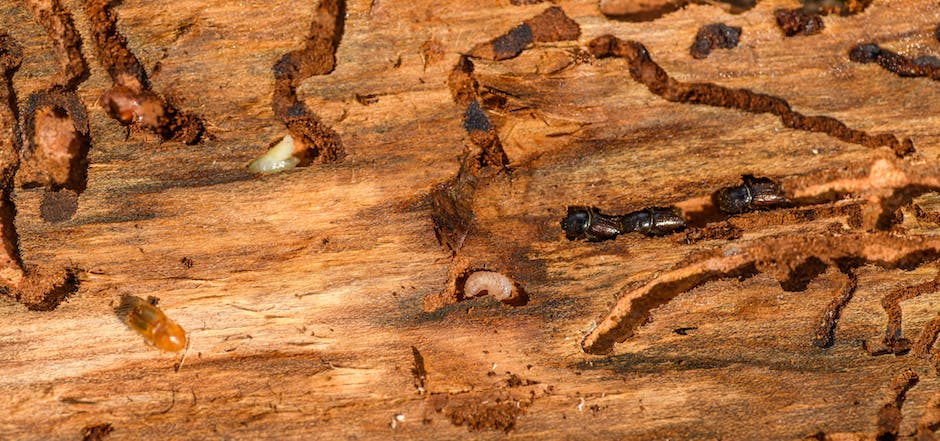
Signs of Subterranean Termite Infestation
Identifying Subterranean Termites: Discarded Wings
Early signs of a subterranean termite infestation can often be found in the form of termite swarmers or their shed wings. Swarmers, which are winged young male and female termites, leave their nest to establish a new colony when the conditions are favorable – usually during the spring season. Upon locating an appropriate settlement place, they discard their wings as they won’t require them post this point. These discarded wings, often found around windows, doors, and other entry points of the property, are small, scaly, and have a beige or light brown color to them. It’s easy to misidentify them as ant wings, but a distinguishing factor is that termite wings are uniformly sized, while ants’ wings vary in size.
Termites and Mud Tubes
Subterranean termites need certain conditions to survive, including high humidity and a consistent temperature. To keep from drying out, these termites build mud tubes that provide a sheltered pathway from their underground nest to their food source. These tubes are about the width of a pencil and often meander along concrete structures or along walls to wooden structures. They are a distinct sign of subterranean termite presence. If you break open a tube and see white, ant-like insects, it’s an active infestation. A vacant tube, however, doesn’t mean that termites have gone; they might simply be foraging in a different area.
Wood Damage: A Telltale Sign of Termites
An indication of subterranean termites can often be found in the damage they do to wood structures. Termites eat wood from the inside out, often leaving a thin veneer of wood or lead paint. If this surface is punctured, you may notice a layer of mud or soil within the damaged wood, a sign of subterranean termite activity. You might also notice dark or blistered wood areas, another common termite damage sign. Wood that sounds hollow when tapped often points to a termite infestation.
Other Indicators of Termites
Subterranean termites can also create a noticeable pattern of damage due to their eating habits. They primarily feed on the softer spring wood and leave behind the denser summer wood, resulting in a layered pattern. The presence of mud or soil within these layers also distinguishes subterranean termite damage from other species. Stuck doors or windows can be a sign as well, due to the moisture they bring while feeding causing frames to warp. Frass, or termite droppings, can also be an indicator of an infestation but is less common with subterranean termites as they usually use their droppings within their mud tubes or nests.
Early Detection of Termites
It’s crucial to detect subterranean termites as early as possible as it greatly influences the treatment’s effectiveness and costs. If you spot any indicator of these pests, contacting an expert for a comprehensive inspection should be your priority. They can suggest suitable treatment methods for your specific circumstances.
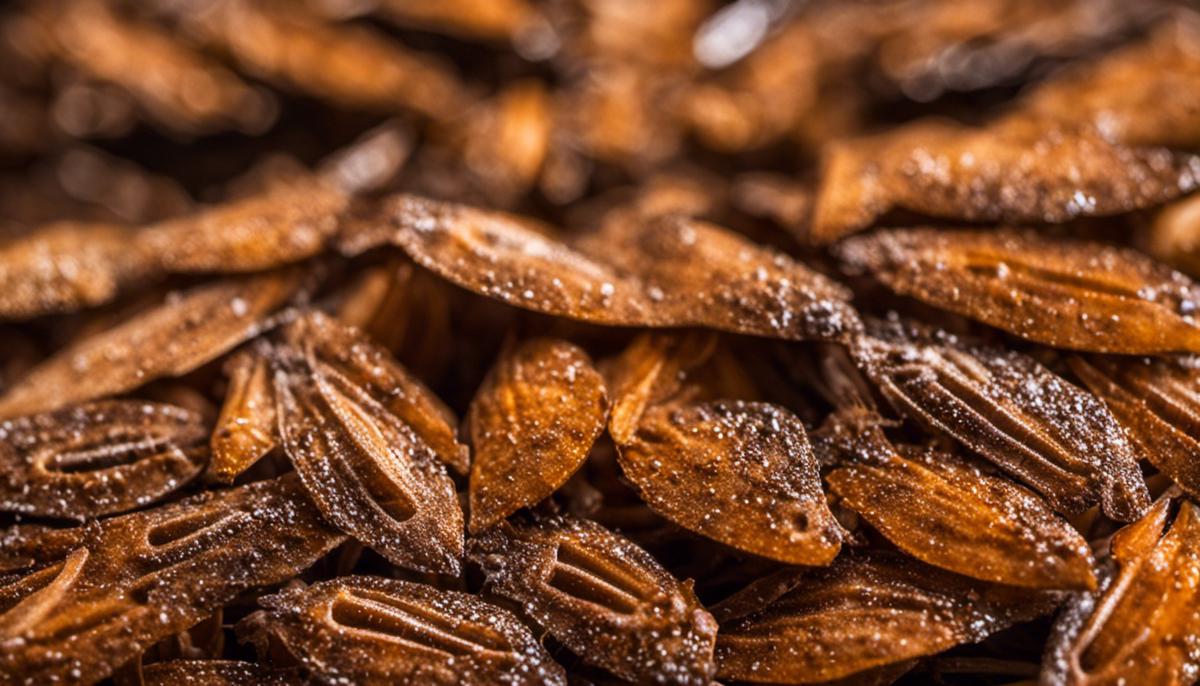
Preventive Measures against Subterranean Termites
Selecting Anti-Termite Wood Types
One way to get ahead in preventing subterranean termite infestations is through smart wood selection. Some woods, by nature, are more appealing to termites, while others are resilient to their attack. For instance, the heartwood from older trees tends to be more termite-resistant compared to the younger sapwood. Certain woods like cedar, redwood, and teak contain inherent oils and chemicals which serve as repellents to termites.
Managing Moisture Levels for Termite Control
Termites require moisture to survive, so keeping your home and the surrounding property as dry as possible is key to preventing an infestation. Fix any leaky pipes or faucets in your home and make sure your gutters and downspouts are directing water away from your foundation. Use proper ventilation in your attic, basement, and crawl spaces to reduce humidity. Additionally, a dehumidifier can help manage moisture levels in your home, making it less attractive to termites.
Importance of Proper Firewood Storage
Firewood is a major attractant for termites and if it’s stored improperly, it can serve as a gateway for termites into your home. Firewood should be stored at least 20 feet away from your home and at least five inches off the ground. Not only does this make it harder for termites to reach your home, but it also limits their access to the moisture they need to survive.
Dealing with Landscape Mulch
Though using mulch in landscapes has many benefits, it can also inadvertently draw termites toward your home. Termites are attracted to the moisture and cover that mulch provides. Keep mulch at least 15 feet away from your home’s foundation and consider using alternative mulching materials like rubber or rocks that are less appealing to termites.
The Role of Regular Home Inspections
Routine home inspections for termites are crucial in preventing infestations. It is suggested to have your home inspected by a professional once a year. You can also conduct your own regular inspections. Look out for signs such as mud tubes, soft wood that sounds hollow when tapped, darkening or blistering of wood structures or uneven or bubbling paint.
Engaging Professional Pest Control Services
The discovery of termite infestation necessitates immediate treatment to limit any damage. Professional pest control services offer competent solution with a variety of treatment methods ranging from liquid soil-applied termiticides, to bait systems, and the use of building materials infused with termiticides. The selection of the most appropriate method of treatment is best left to these experts, as their extensive knowledge and resources ensure the work is done both effectively and safely.
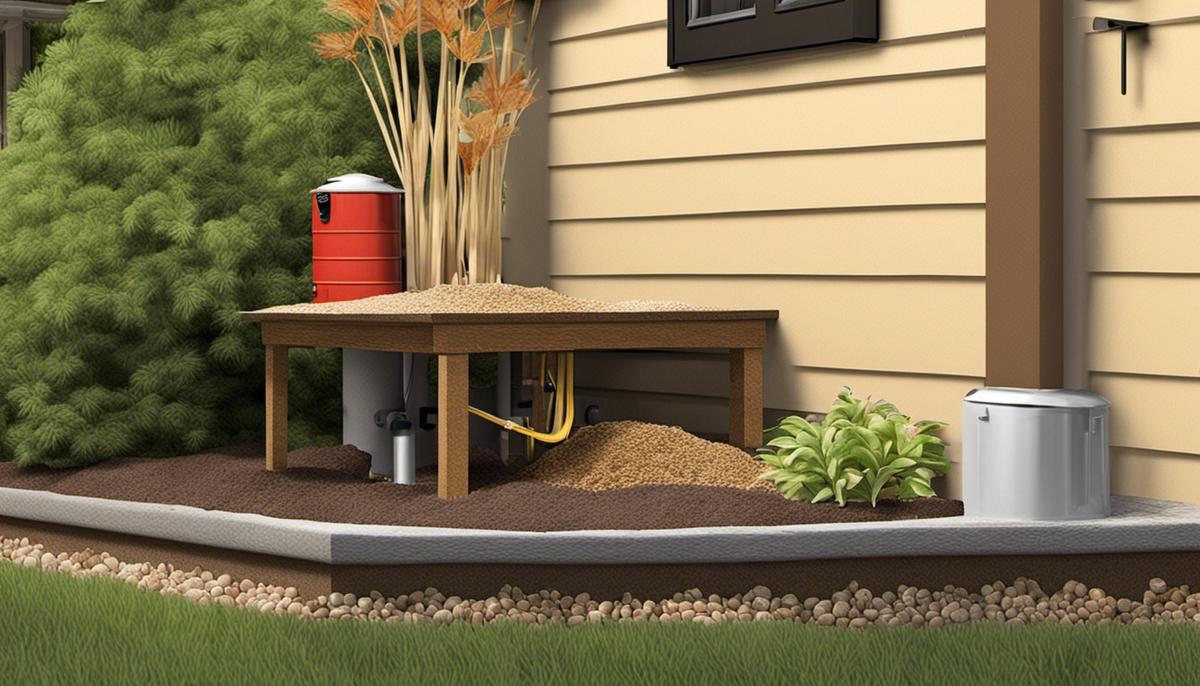
Professional Versus DIY Termite Treatments
Professional Termite Treatment and DIY Termite Control: A Comparison
When it comes to treatment for subterranean termites, a decision has to be made between utilizing professional services and employing do-it-yourself (DIY) tactics. Hiring professionals is typically viewed as the more dependable option due to their experience and training. This approach provides thorough strategies designed not only to eradicate the current termite colony, but also to prevent future infestations, although it may come with a higher cost.
Conversely, DIY termite control methods may be more economical and thus appealing to those dealing with smaller infestations. Despite offering an immediate and affordable short-term solution, these methods may fail to fully tackle the full extent of the infestation or prevent future termite invasions. In addition, without the proper training and knowledge, erroneous application of these treatments can lead to unsatisfactory results and potentially hazardous consequences for both human health and the environment.
Termite Baits
Termite baits serve as a popular treatment method for subterranean termites. They are designed to lure termites towards the poison, which they then carry back to their colonies. As the poisoned termites die, they are eaten by other termites, effectively spreading the toxin throughout the colony. The advantage of termite baits is their low environmental impact and relative safety for non-target species compared to widespread residual insecticide usage. However, the effectiveness of baiting systems can be influenced by environmental conditions and may take time to produce noticeable results.
Soil Treatments
Soil treatments are standard practice for subterranean termites. Termiticides are applied to the soil to create a barrier around the property to prevent termites from gaining access to the structure, or directly onto active termite populations. This method can be effective but does require a significant amount of chemicals, which could present environmental and health concerns. It also requires expertise in application to ensure the full extent of the infestation is addressed.
Wood Treatments
Wood treatments can involve surface sprays, injected sprays and foams, or borate treated wood. Surface sprays can be applied during construction or afterwards if an infestation is found. Injected sprays and foams are used when termites are already inside the structure. Borates are used preventively; when applied to wood, they prevent termite larvae from maturing. While wood treatments can deter termites to some degree, they might not be effective against a full-blown infestation and may require the assistance of a professional to apply correctly.
Termite control methods each have their respective benefits and pitfalls, oftentimes hinging on factors such as the extent of the infestation, the specific circumstances of the property, as well as the homeowner’s budget and comfort level with the methods. In a majority of situations, a blend of different strategies yields the best outcome.
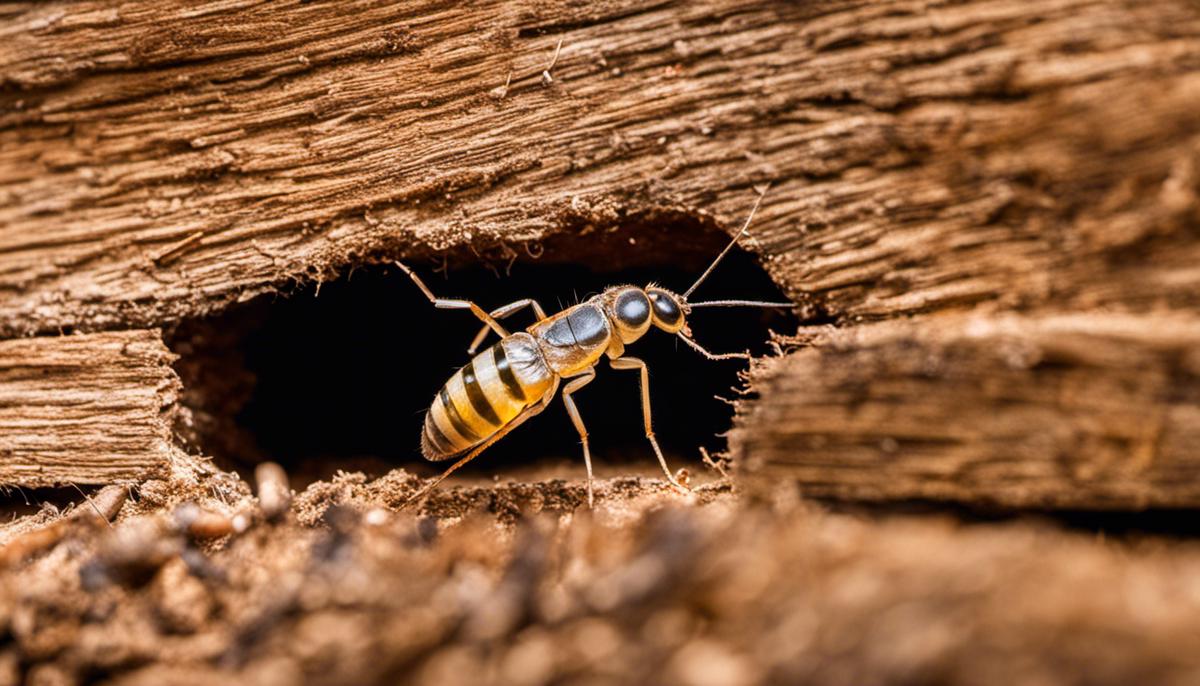
How to Choose a Reliable Pest Control Service
Engaging a Trustworthy Pest Control Firm
In the process of tackling an issue concerning subterranean termites, the importance of engaging a seasoned and licensed pest control service cannot be overstated. This license signifies the company’s commitment to comply with local and state-level pest control legislations. Be aware that certain states mandate these firms possess specific credentials or certificates, thus, it would be prudent to verify their licensing status prior to enlistment.
Checking References
Before hiring a service, ask them to provide references from previous jobs related to termite treatment. These references can give you an insight into the company’s success rate, customer service, and reliability. You can also check online reviews for added assurance. However, keep in mind that not all online reviews may be authentic, so use these together with other information to make an informed decision.
Guarantees and Warranties
A reputable pest control service should stand behind their work with warranties or guarantees. These serve as a form of insurance that the treatment will be effective. The specifics vary from company to company, but coverage typically includes re-treatment if termites reappear within a certain time frame. Make sure to read and understand the terms and conditions of these guarantees or warranties before you agree to the treatment plan.
Treatment Cost
The cost of termite treatment depends on various factors such as the size of the infested area, the severity of the infestation, and the type of treatment used. The cost can range from a few hundred dollars to several thousand dollars. Most pest control companies provide free initial estimates, which help you plan your budget accordingly.
Payment Plans, Financing, and Insurance
Depending on the severity of the infestations, treatments for subterranean termites can be costly. Therefore, it’s worth checking if the pest control company offers payment plans or financing options. Additionally, some insurance companies cover termite treatment costs, especially when the damage is significant. Check with your insurance provider to see if these services are covered under your policy.
Environmental Considerations
Environmentally friendly pest control methods are also something to consider. Some companies use fewer chemicals or more natural methods to handle termite infestations, which can be beneficial for households with young children, pets, or individuals with sensitivities to chemicals.
Remember, dealing with termites is not a DIY project.
It requires special equipment, knowledge, and experience to effectively eliminate these pests. Hence, hiring a professional pest control service is a necessary step in protecting your property from subterranean termites.
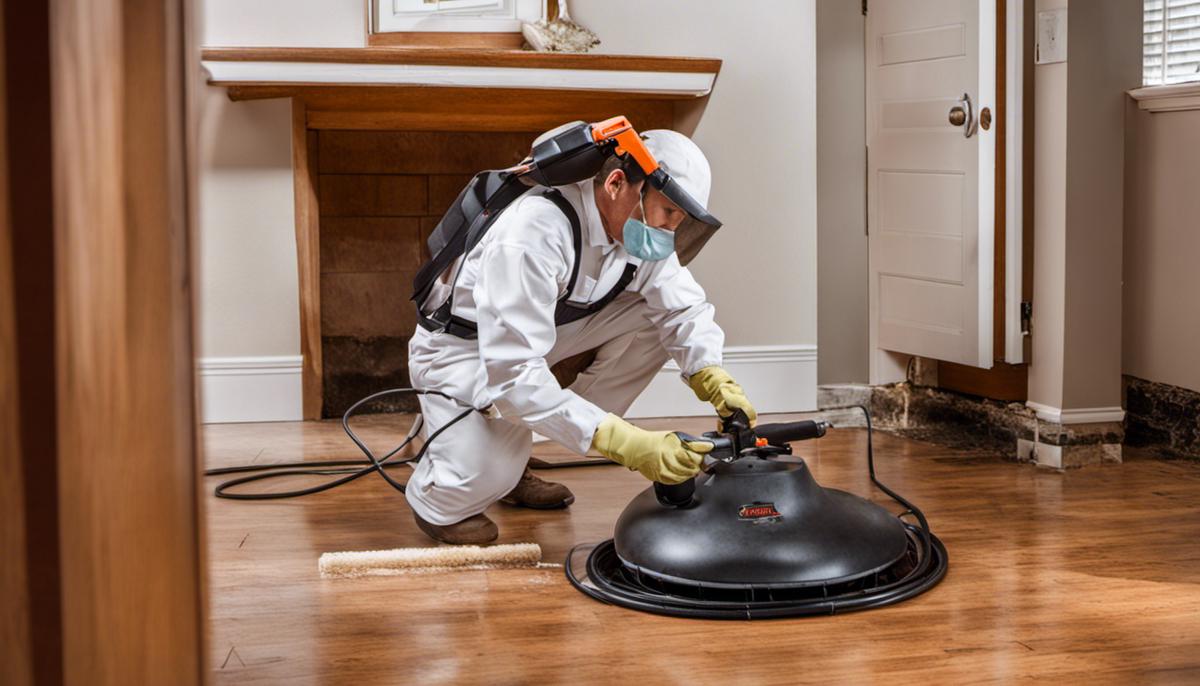
The war against subterranean termites is continuous and requires thorough knowledge, vigilance, and competent professional help when needed. Recognizing signs of their presence is the first step towards managing this threat. Nevertheless, prevention is always better than a cure. Hence, homeowners must take proactive steps to make their premises less hospitable to these pests. And when it comes to addressing an ongoing infestation, the choice between a DIY approach and professional treatment depends largely on the situation’s severity, with choosing the right pest control service being crucial for effective termite elimination. Ultimately, early detection, proactive prevention, and effective treatment are key in managing the risk of subterranean termites.



